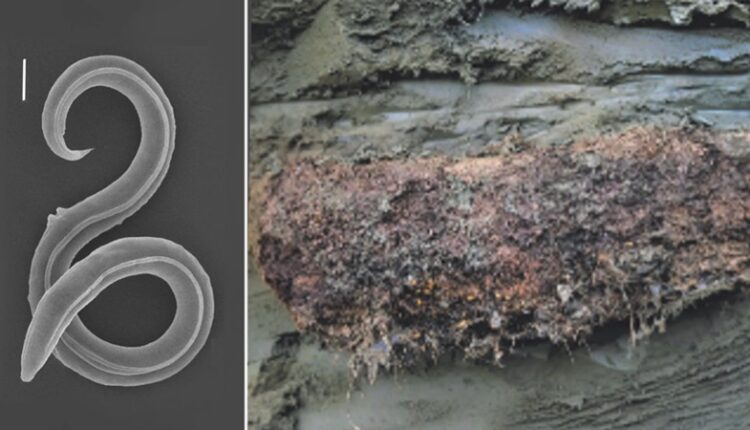46,000-Year-Old Worm Revived from Siberian Permafrost: A Remarkable Discovery in Cryptobiosis
Ten News Network
New Delhi, July 30, 2023: In a groundbreaking discovery, scientists have successfully revived a previously unknown species of roundworm that lay dormant in Siberian permafrost for an astonishing 46,000 years. The remarkable findings, published in the journal PLOS Genetics, shed light on the phenomenon of cryptobiosis, a state in which organisms can withstand extreme conditions like complete absence of water or oxygen, freezing temperatures, and high salinity.
The roundworm, named Panagrolaimus kolymaenis, was found 131.2 feet below the surface in Siberian permafrost, surviving in a state between life and death. Teymuras Kurzchalia, a professor emeritus at the Max Planck Institute of Molecular Cell Biology and Genetics, described the organisms’ ability to halt life and revive it after millennia as a major breakthrough.
Five years ago, researchers from the Institute of Physicochemical and Biological Problems in Soil Science in Russia discovered two roundworm species in the permafrost. Recently, Anastasia Shatilovich revived two of the worms by rehydrating them with water and subsequently brought around 100 worms to German labs for further study.
Radiocarbon analysis indicated that the deposits had remained frozen for tens of thousands of years. Through genetic analysis in Dresden and Cologne, scientists confirmed that the revived worms belonged to a novel species, P. kolymaenis. Interestingly, it shares a molecular toolkit with the well-studied organism C. elegans, both producing a sugar called trehalose, which potentially aids in survival during cryptobiosis.
Philipp Schiffer, the research group leader at the University of Cologne, highlighted the significance of these findings for conservation biology. Studying these ancient organisms may provide insights into protecting endangered species in extreme conditions prevalent today.
This discovery not only unravels the mysteries of cryptobiosis but also showcases the remarkable resilience of life, offering promising avenues for future scientific research and conservation efforts.


